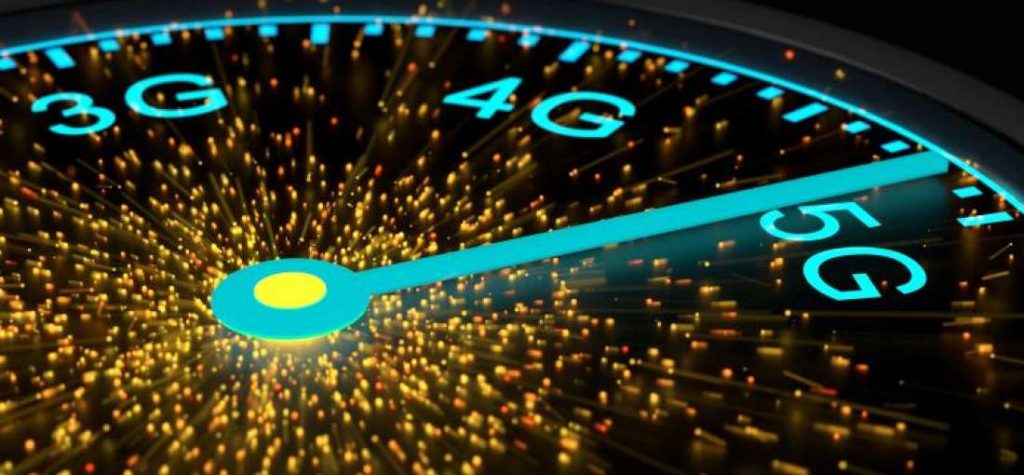“The Next Generation of Wireless Technology 5G Will Open The Door To Life Changing Innovations”
5G is the fifth-generation wireless technology for digital cellular networks that promising much faster data downloads and uploads speeds, wider coverage, and more stable connections. As with previous standards, the covered areas are classified into regions called cells, serviced by individual antennas. Practically every major telecommunication service provider in the developed world is deploying antennas or aims to deploy them soon. The frequency spectrum of 5G is classified into millimeter waves, mid-band, and low-band.
Data speed in 5G is expected to be approximately 10 Gbps. With such speeds, 5G will not only provide rich user experience but also transform the mobility content available online. 5G networks are being invented for less than one-millisecond latency. Hence, 5G in union with IoT will be the key technology choice industries automotive, medicine, and manufacturing.
IoT system is the most successful target use case for 5G, with 59 percent of the organizations surveyed anticipating 5G-capable networks to be widely used for this purpose. The most popular use case is video, which was chosen by 53 percent of the respondents. Additionally, 5G will probably suit other subcategories of IoT that require very low latency. Concerning the video, the use cases will be varied. From video analytics to collaboration, 5G’s speed and low latency will be supporting 4K and 8K HD video content.
eMBB (Enhanced Mobile Broadband)
Initial deployments of 5G NR focused on eMBB. eMBB will be instrumental in enabling rich media applications like mobile AR and VR, 4K and 360° video streaming, and edge computing. eMBB gives greater bandwidth, enabling refined download and upload speeds, as well as slightly lower latency compared to 4G LTE.
URLLC (Ultra Reliable Low-Latency Communications)
URLLC is extremely latency-sensitive or mission-critical use cases, such as factory automation, robot-enabled remote surgery, and driverless cars. URLLC should target 1ms latency and block error rate (BLER) of 10−9 to 10−5, although achieving this factor, one of the major challenges facing 5G networks as it introduces a challenge in terms of system design. Technologies that enable URLLC are still being standardized. These will be published in 3GPP Release 16, scheduled for mid-2020.
mMTC (Massive Machine Type Communications)
mMTC is a narrowband access type for sensing, metering, and monitoring use cases. Some mMTC standards that leverage LTE networks were revealed as part of 3GPP Release 13, including eMTC (Enhanced Machine-Type Communication) and NB-IoT (Narrowband IoT). These standards will be used in union with 5G networks and extended to carry the demands of URLLC use cases on 5G networks and frequencies in the future.
5G Services Market Competitive Landscape
The major players in the 5G infrastructure market are AT&T, Airtel, BT Group, China Mobile, China Telecom, Deutsche Telecom, du, Korea Telecom, Sprint, Saudi Telecom Company, SK Telecom, Telstra, Vodafone, Verizon, and Other.
Contact Us
Search4Research
Phone: +1-707-633-0404
Email Id: sales@search4research.com
